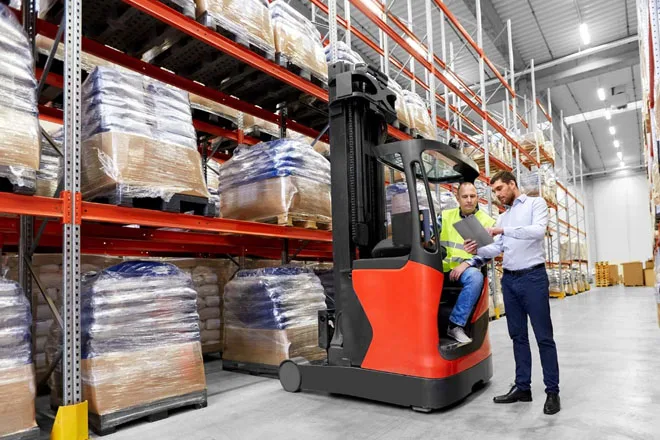hyper-convergence
How is hyper-convergence defined?
At present, there are some differences in the definitions of hyper-converged architecture among different manufacturers. According to the definition provided in the article "The Fundamentals of Hyper-converged Infrastructure" published by ActualTech Media, it is as follows: • Hardware-wise: The hyper-converged architecture integrates the independent computing, storage, and network hardware in large enterprise IT systems and combines them into a single server node, incorporating multiple hardware devices. • Software-wise: All system resources in the hyper-converged architecture are managed through a unified shared software management interface and shared with upper-layer applications. Besides the above definitions, the general public's main understanding of the hyper-converged architecture is: a unified management platform that transforms DAS (Direct Attached Storage) into a resource pool and eliminates the necessity of storage arrays. However, the main drawback of this definition is that the main goal of the hyper-converged architecture is to simplify the management of the data center and eliminate the problem of separate management in the data center, while eliminating storage arrays is only one of the more obvious characteristics of the hyper-converged architecture. • In simple terms, the hyper-converged infrastructure runs server virtualization software and storage virtualization software on business nodes, aggregates all computing nodes through the network into a unified virtual computing and virtual storage resource pool, and provides the IT infrastructure required by the data center in the form of a resource pool. • Broadly speaking, in addition to computing and storage virtualization, the hyper-converged infrastructure can also integrate network virtualization, security virtualization, and upper-layer business application services. The current consensus in the industry is that software-defined virtualized computing and distributed storage are the minimum set of the hyper-converged infrastructure.
core competitiveness

Hardware simplification
The hyper-converged technology integrates computing, storage and networking functions on a single platform, reducing the number of various hardware devices required in traditional data centers.
This means that enterprises can reduce the maintenance and management of multiple different devices, thereby lowering the risk and complexity of hardware failures.

Software-defined management
The hyper-converged platform usually employs software-defined technologies for management and control, enabling enterprises to manage computing, storage and network resources through a unified interface.
This approach simplifies the IT management process, reduces the workload of coordinating and managing across different systems, and lowers the complexity of the data center.

Automation and intelligence
The hyper-converged platform is usually equipped with automated and intelligent functions, such as automatic backup, recovery and disaster tolerance. These functions can reduce the need for manual intervention and lower the operation and maintenance costs as well as the complexity of the data center.
For instance, when a certain node fails, the hyper-converged platform can automatically transfer the tasks to other nodes to ensure the continuous operation of the system.。

Resource Pooling
The hyper-converged platform integrates computing, storage and network resources through virtualization technology and manages and allocates them uniformly, forming a resource pool. Enterprises can dynamically adjust the size of the resource pool according to their actual needs to meet the requirements of different applications.
This approach reduces the situation where a large amount of resources are reserved in traditional data centers, improves the utilization rate of resources, and reduces the complexity of the data center.

uniform interface
management and configuration, which enables enterprises to more easily integrate and manage various different applications and services.
This uniformity reduces the complexity of interface development and management across different systems, and lowers the operation and maintenance costs of the data center.
Hybrid architecture
Flexible deployment options
It is provided in all-in-one machines and rack-level systems or ready node building blocks, and can meet the requirements of your environment and workload.
A simplified but powerful underlying infrastructure
Built on the industry-leading PowerEdge servers, it offers agility, scalability, simplified IT management and built-in data protection similar to cloud services.
Outstanding support and service
Provide comprehensive single-point contact support for hardware, virtual machine management programs and software.
Dell Hyperconverged Solution

high performance computing
High-performance computing applications are being adopted in a wider range of industries beyond the "high-end" sectors. This is in response to the increasing demands for information processing capabilities and computing performance that have arisen due to the continuous advancement of digitalization and informatization.
modular data center
The Dell EMC modular data center team, based on the individualized requirements of users, creates optimized modular data center solutions tailored to specific workloads, availability, and efficiency requirements.

Big Data Analysis
When users are considering improving the performance of SAP HANA OLTP, they usually first consider enhancing the server performance. Dell EMC provides the servers required for the SAP HANA single-machine solution, and guarantees SAP
Typical/Our Successful Case Studies
Typical case
A well-known courier company has built a new IT platform based on an all-in-one architecture, and its business net profit has increased by 76.8%.
Typical case
The genetic research institute has adopted the Dell Fusion Architecture to unravel the mysteries of life.
Our Company's Case




